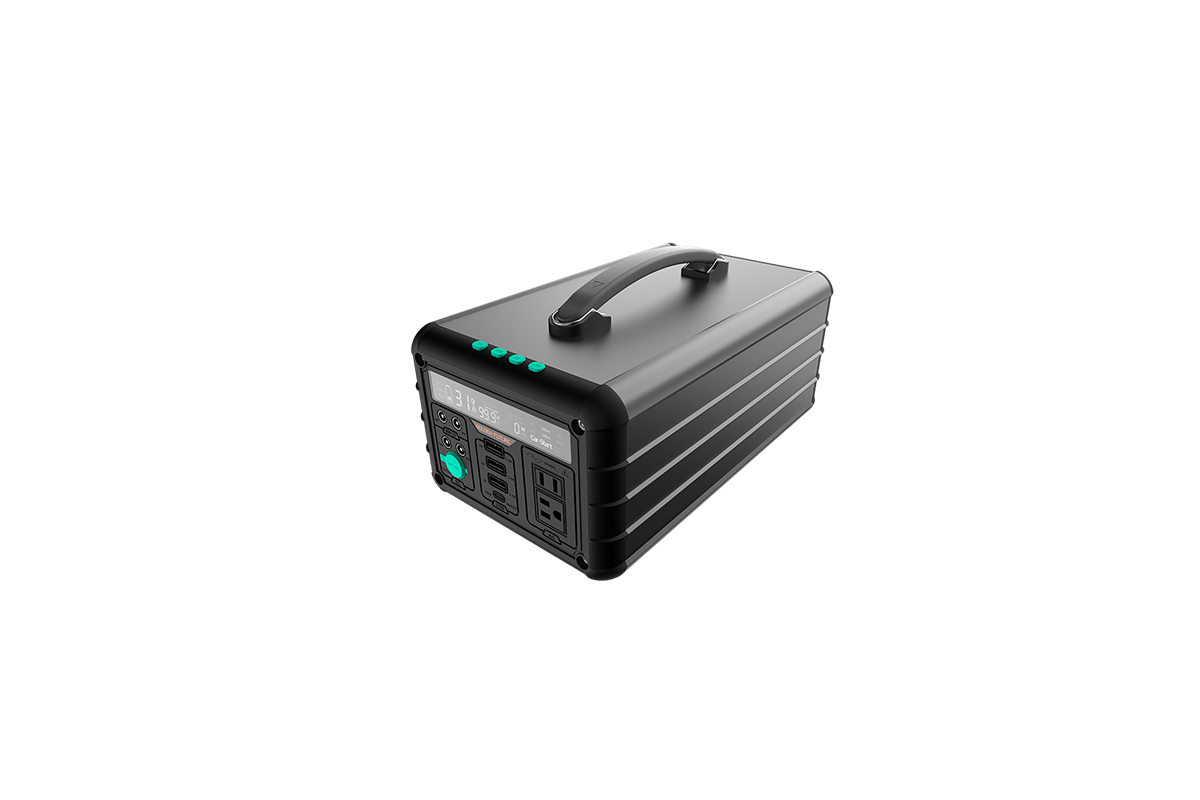

Time:2025-04-25 Views:1

In an era dominated by the urgent need for sustainable energy solutions, flow energy storage batteries are emerging as a pivotal technology with far - reaching implications. Their future trends are multifaceted and hold great promise for transforming the energy landscape.
One of the most significant trends is the continuous improvement in energy density. As research progresses, scientists are exploring new materials and chemistries to enhance the amount of energy that can be stored per unit volume or mass of the battery. For example, novel electrolyte formulations and electrode materials are being investigated. Vanadium redox flow batteries, which are currently one of the more mature flow battery technologies, may see a boost in energy density through the development of advanced vanadium - based electrolytes with improved conductivity and stability. This increase in energy density will not only make flow batteries more compact but also more competitive with other energy storage technologies in applications where space is at a premium.
Another trend is the drive towards cost reduction. Currently, flow batteries tend to be relatively expensive compared to some other storage options like lithium - ion batteries. However, as the technology matures and economies of scale come into play, costs are expected to decline significantly. Mass production of key components such as electrolyte tanks, membranes, and electrodes will lead to lower manufacturing costs. Additionally, advancements in materials science may enable the use of more abundant and cheaper raw materials without sacrificing performance. This cost reduction will be crucial for wider adoption of flow batteries in various sectors, from grid - scale energy storage to off - grid applications.
The integration of flow batteries with smart grid technologies is also on the horizon. As the power grid becomes more complex and reliant on renewable energy sources, the ability of flow batteries to communicate and interact with the grid in an intelligent manner will be essential. They can be programmed to charge during periods of low electricity demand and high renewable energy generation, and discharge during peak demand, thereby helping to balance the grid and reduce the need for costly peaking power plants. Moreover, with the development of Internet of Things (IoT) and artificial intelligence (AI) technologies, flow batteries could be part of a larger, self - optimizing energy management system that ensures efficient energy use across a wide area.
Read recommendations: